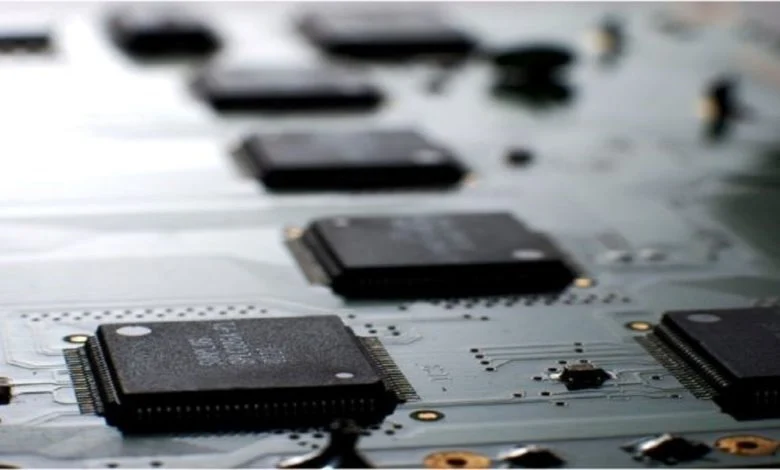In an effort to increase the semiconductor market share by 2030, the EU has approved the Chips Act

A rule better known as the “Chips Act” was enacted by the Council of the European Union to increase Europe’s influence in the semiconductor industry. The legislation intends to improve the environment for European nations to enter the semiconductor manufacturing industry. through this Act, the EU will get a chance to draw in investments, foster research and innovation, and get the continent ready for any upcoming supply chain crises.
It is expected that the program will be able to grab €43B in the form of total investments. Since a large proportion of investment i.e., €3.3B will be contributed by the European Union’s budget. All this will be done to fulfil the target of doubling the current market share which stands at 10% to 20% by 2030.
To better help the audiences understand the significance of the new Act, the EU shared an infographic that explains the requirement for chips. The infographic covers every aspect of our daily lives. It includes the applications of chips in cars, planes, and healthcare and key infrastructure like energy, mobility, and data communication. back in 2021, the worldwide production of microchips reached 1.1 trillion units. It accounts for almost 140 chips per person.
Of this 1.1 trillion, Europe contributed 10% which comprised 27% of the automotive industry. 22% of this production capacity was dedicated to aerospace/defence/security and 20% was allocated to other industries. The Top 5 list did not even include smartphones. By 2030, the market is anticipated to exceed $1 trillion, and all major application industries are likely to have strong growth. The market for smartphone chips, for instance, was $116 billion globally in 2020 and is predicted to grow to $210 billion by 2030.
Research Snipers is currently covering all technology news including Google, Apple, Android, Xiaomi, Huawei, Samsung News, and More. Research Snipers has decade of experience in breaking technology news, covering latest trends in tech news, and recent developments.












